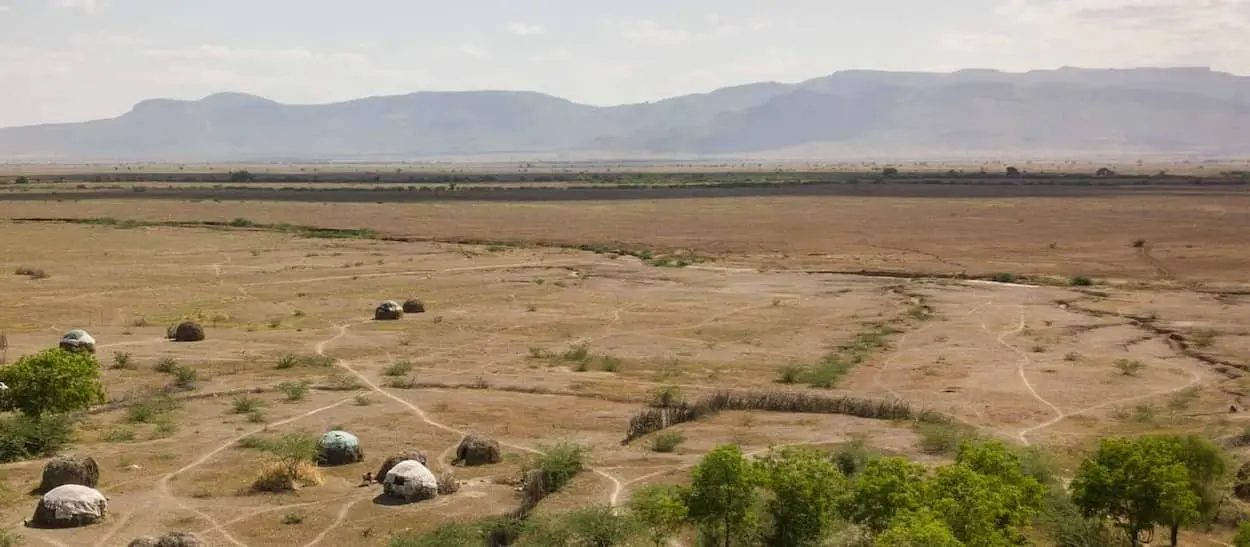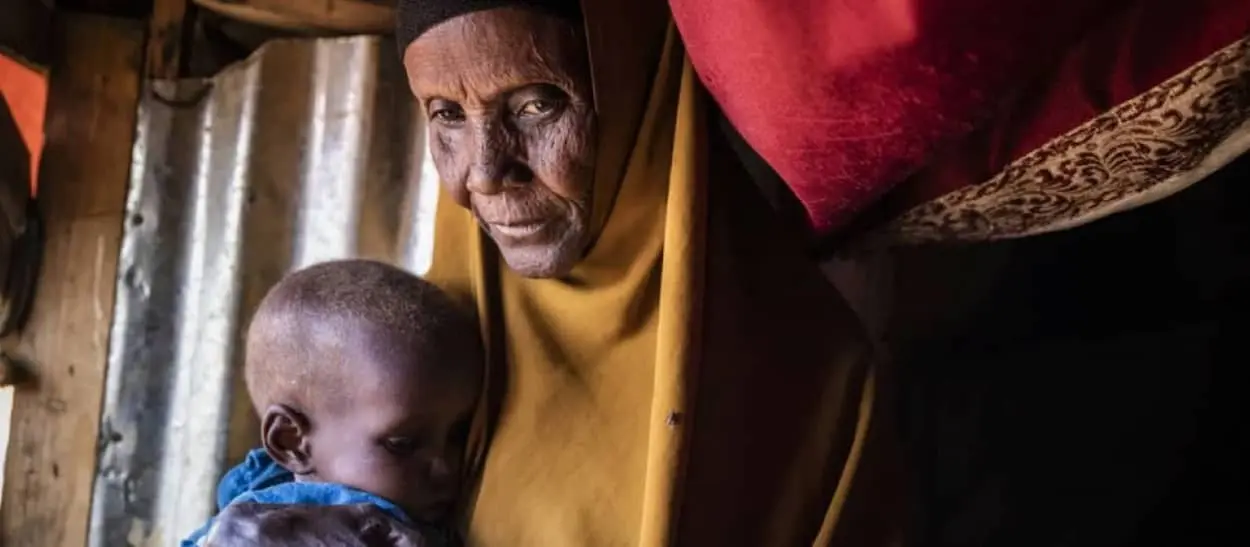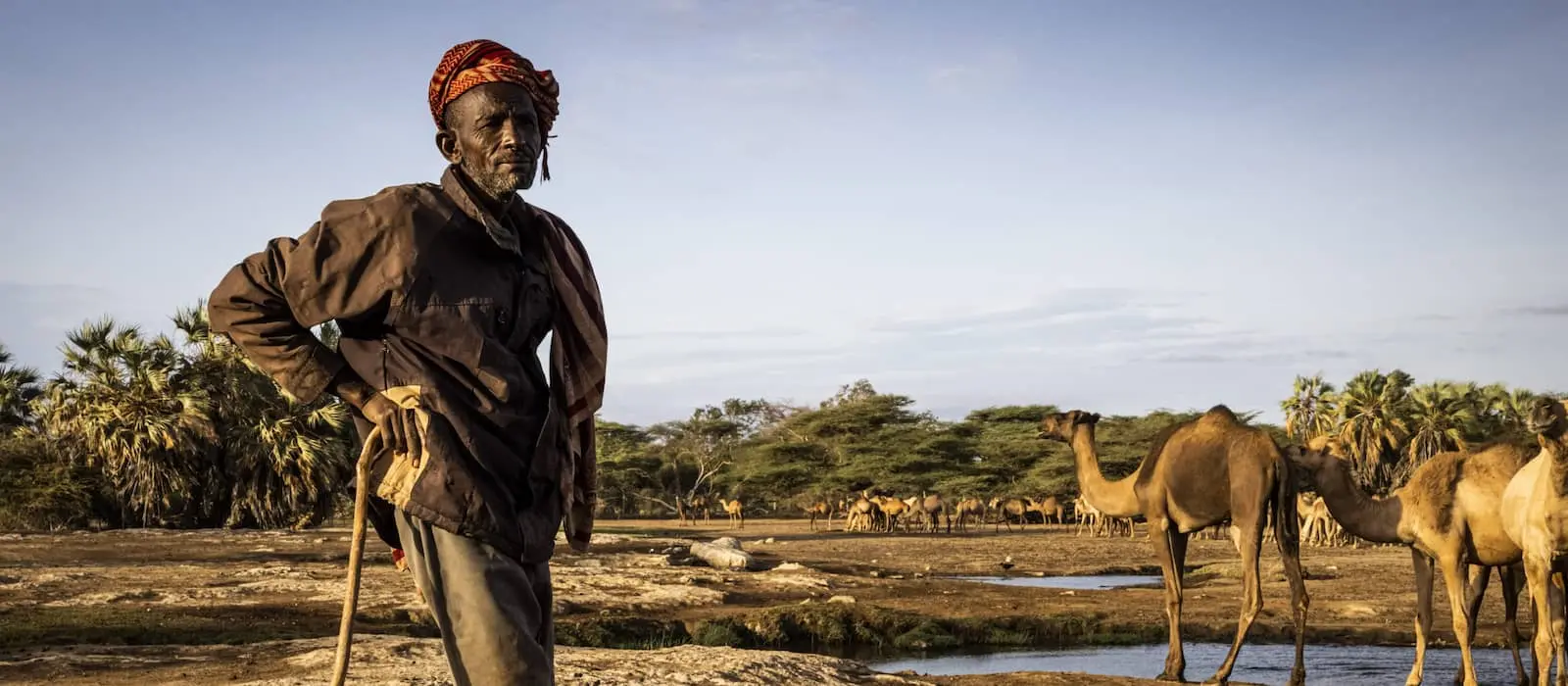
Major International Response Needed to Save Lives in Horn of Africa
“The humanitarian situation in the Horn of Africa is dire with the number of people in need of assistance continuing to climb,” Concern’s Regional Director Amina Abdulla has warned. Unless there is a major international response in the coming weeks, it will become a crisis that will be beyond the capacity of humanitarian organizations to contain.
This warning follows an assessment by the UN’s Office for the Coordination of Humanitarian Affairs (OCHA) which noted that the worst drought in 40 years had surpassed the horrific droughts of 2011 and 2017 in both duration and severity. OCHA warned the drought would continue to deepen in the coming months “with catastrophic consequences.”
“Additional funding is desperately needed to help us meet the rapidly growing humanitarian needs now and in the coming months,” Ms. Abdulla said. “Our teams are on the ground in Somalia, Ethiopia, and Kenya responding, but the resources we currently have are not sufficient to meet the growing numbers of people in need.”
The drought is the result of five failed rainy seasons, which have left millions of people in Somalia, Southeastern Ethiopia, and the Northern and Southern rangelands of Kenya facing food and nutrition insecurity. Across the Horn of Africa, at least 36.4 million people are affected including 24.1 million in Ethiopia, 7.8 million in Somalia, and 4.5 million in Kenya.
OCHA warned that 300,000 people in Southcentral Somalia are facing famine-like conditions. Even if no famine emerges in Somalia the UN warned that, given the large number of people affected and the likely duration of the crisis, excess mortality during this drought could be as high as in 2011 (when 260,000 people died).
Children are bearing the brunt of the suffering. About 5.1 million children are acutely malnourished in drought-affected areas. Of these 1.4 million children are at risk of dying as a result of hunger.
Concern teams in Somalia, Ethiopia, and Kenya are working to meet the growing needs of drought-stricken communities. As the drought intensifies, more people are migrating to urban areas in search of water and food. According to the Camp Coordination & Camp Management Cluster, 4,373 persons arrived at camps in Baidoa, Somalia, between November 20 and December 1. Some 400,000 displaced people have moved there this year, outnumbering the 300,000 host community.
“Arriving families are seeking refuge in ad hoc displacement camps,” Ms. Abdulla said. “Half of these camps are not receiving any assistance.”
Water shortages are also a growing problem. In Baidoa, of the 100 boreholes which previously provided water in the region, just five are still functioning. Water-borne diseases such as diarrhea and cholera, as well as tuberculosis and measles, are spreading through the community.
Many of those hardest hit by the drought are pastoralists who have lost many or all of their livestock. Their animals are often the only source of food and income for pastoralist families.
An estimated 9.5 million animals have died across the Horn of Africa during the current drought. “The number of camels dying from malnutrition-related illnesses is higher than ever before,” Concern’s Programs Director in Kenya, Hassan Olow, said. “Camels and donkeys are also dying from digestion problems caused by eating invasive thorny desert plants which have survived the drought.”
“There is widespread acute malnutrition and this will continue increasing as we approach January to March 2023 – the driest months of the year,” Ms. Abdulla said. “With seven million people in Somalia in need of humanitarian assistance, most of the funds donated by the donors in 2022 will be spent by the end of the year. We need to escalate our response. The next four months will be critical in terms of saving lives and averting famine in Somalia.”
Concern teams are providing a range of supports for communities, including cash payments, water trucking, constructing latrines in displacement camps, and repairing non-functioning boreholes. They are operating outreach clinics and distributing hygiene materials such as jerry cans and soap.
Ms. Abdulla believes the best-case scenario for the Horn of Africa would be if the April-June rains in 2023 were good, although according to the early forecasts are expected to be depressed too. This would help replenish water tables and allow people to return to their farms to plant crops. However, it would be August to October 2023 before they would be ready to be harvested across the region.
“We have seen an increase in financial support for the Horn of Africa but we need to adopt a longer-term approach to enable people to reach a point where they can live their lives and meet their needs without humanitarian assistance,” she said.
Connect With Us
If you would like to speak to a member of our team about any aspect of our work, please get in touch with us using the details below.
- Contact Candance

Candance Patel-Taylor
Vice President of Communications



